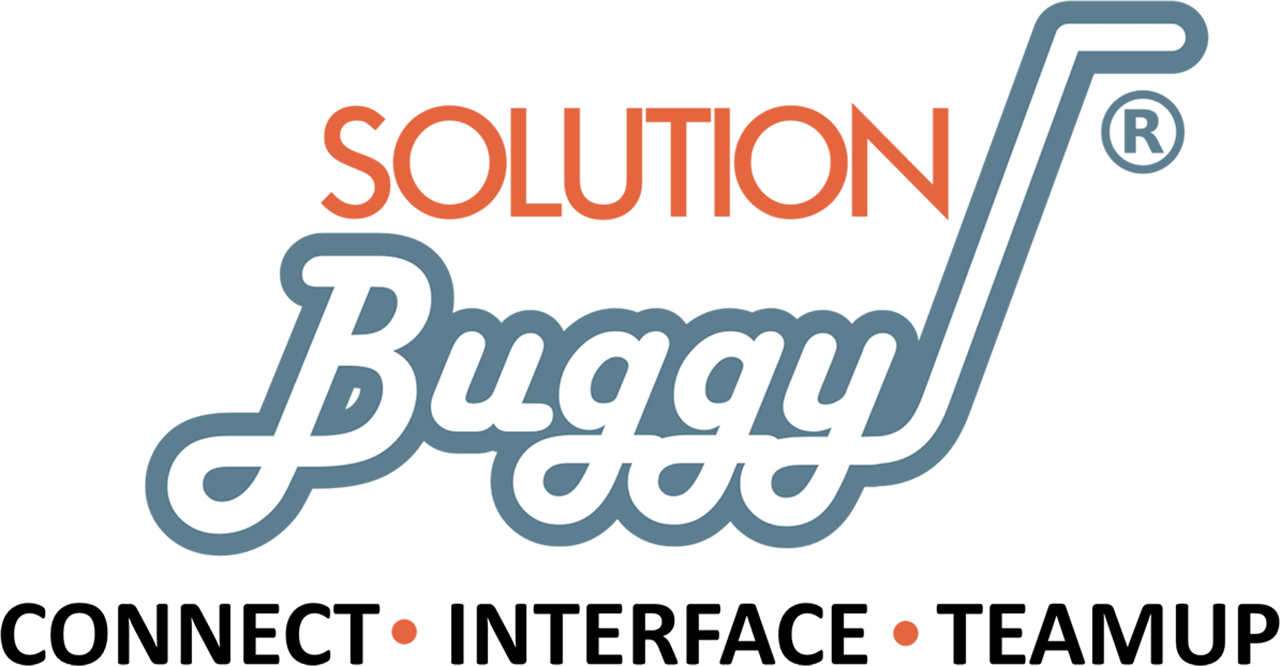In today’s fast-paced world, convenience reigns supreme. This extends to our eating habits, with the demand for ready-to-eat (RTE) food products soaring. These convenient and delicious options have become a staple in many households, offering busy individuals and families a quick and easy solution for mealtimes and snacks.
Revenue in the Ready-to-Eat food market in India amounted to US$72.21bn in 2024. The market is expected to grow annually by 9.23% (CAGR 2024-2028). The average volume per person in the Ready-to-Eat Meals market is expected to amount to 12.5kg in 2024. (Source Statista)
But what goes into transforming a creative concept into a commercially viable ready-to-eat food product? This comprehensive guide delves into the world of ready-to-eat food manufacturing, exploring the journey from concept to consumption.






